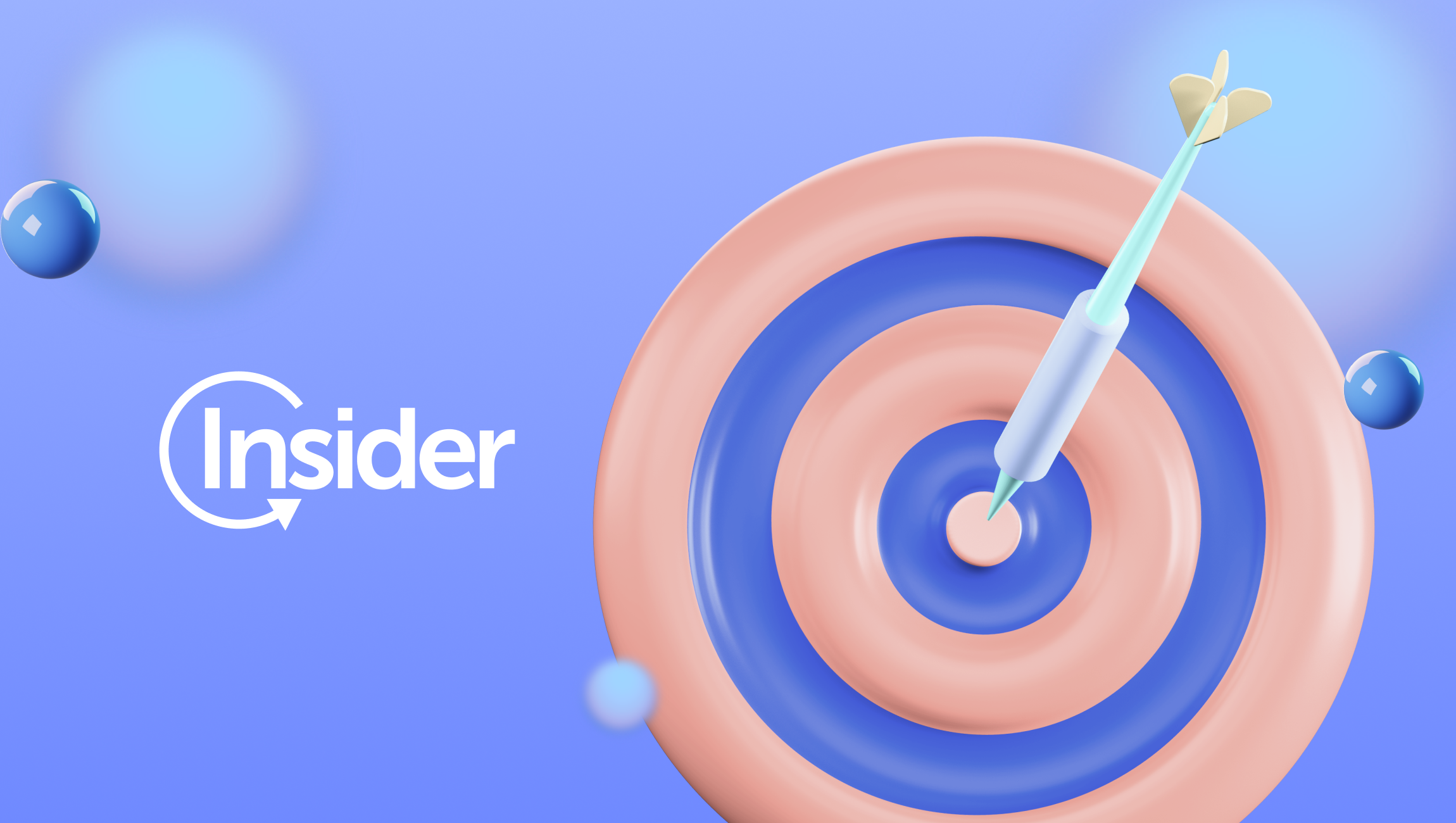On the heels of record-breaking ecommerce performance during peak season last year, as referenced by the IPC, 2021 promises to be an equally impressive show. Most ecommerce and marketing leaders will be focused on executing and delivering CX strategies to help them to stand out from the competition, drive engagement, and boost sales revenue – all in time for the busy shopping season.
However, one tactic remains underutilized by brands and retailers, not just during the busy holiday season but throughout the entire year – Gamification – despite its ability to inject excitement into the customer experience.
The History of Gamification:
Gamification is everywhere and so widely used in our daily lives that we don’t notice it sometimes. It was first referenced in relation to ecommerce as part of a 2008 blog post by Brett Terrill, where he defines the term as “taking game mechanics and applying them to other web properties to increase engagement.” Gamification takes the essence of games – fun, play, competition, and design elements – to encourage engagement and action. Despite the 13-year lapse from 2008 to now, most businesses are still not leveraging gamification to its full potential. How high up is gamification on your CX priority list?
Gamification works because it creates excitement, urgency, and delights, which all motivate a customer to spend more time on a website or app, browse products, and ultimately buy. From a digital scratch card to ‘spin the wheel’ offer activation, gamification delights and excites customers at every stage of their journey – especially during the hectic peak season.
Read More: MarTech Interview with Gabe Rogol, CEO at Demandbase
Consumer Expectations During The Peak Shopping Period:
As hectic as holiday shopping may be, it should also be fun. The reality is somewhat different. Which? recently reported that more than half of UK consumers believe online retailers are using COVID-19 as an excuse for delivering a poor customer experience, highlighting frustration and lethargy in the customer experience being offered by most online businesses.
The pandemic has created a new cohort of consumers who are comfortable and willing to shop online, meaning ecommerce reliance throughout the 2021 peak holiday season period is predicted to be even higher than 2020. Consumers will be looking to online retail for faultless shopping experiences that are seamless, convenient – and fun. This is no mean feat for marketers in an age of shortening attention spans and “choice overload”. Retailers need to go one step further to delight, capture and convert customers. Luckily, consumers love ingenuity, creativity, and fun, and that’s where gamification can give retailers an advantage over their competitors and help marketers cut through the noise.
Five Key benefits of Using Gamification In Your CX
- It gives users control: Humans don’t want to be forced to do anything — we like to feel in control. By applying gamification, you can give your users that feeling. For example, gamification, shoppers can enter their email addresses and get 10% discount or view a gamified purchase bar to see how close they are to a complimentary gift or free shipping. Giving shoppers complete control over their shopping experience.

- It creates FOMO: In comparison to a traditional promotion with a stated end date, gamified promotions feel more transient and spontaneous. Visitors are compelled to jump on the opportunity before it’s too late and they miss out. Hunkemöller found that by displaying the popularity of products (social proof messaging) as shoppers browse their site, drives urgency for the shopper to buy that product, before missing out.
- Reinforces positive behaviour: In games, when you complete a level, you get a reward — that motivates you to continue to play and master the next level to get more. Gamified websites and apps apply the same logic. For example, when you sign up for a newsletter, you instantly get a discount, so you are motivated to stay longer on the website, browse products, and order.
- It creates a sense of achievement: Accomplishment is a strong driving factor for most of us and if you can make your user feel like they have achieved something, there is a strong chance they will come back again. Helping to create milestones or offering rewards supports this.

- It creates exclusivity: There’s a reason why people are willing to pay a lot of money to pre-order an iPhone X or get a first-class plane ticket. When you pre-order something, you’re not paying for the product itself — you’re paying for status and the pleasure of having it before everyone else. Exclusivity creates intrigue, jealousy, and curiosity. And many people are willing to pay a premium price for that exclusivity. It gives us a huge dopamine hit.
Marketing Technology News: MarTech Interview with Matt Whiteway, Chief Commercial Officer at Infinity
Success Story: Clarins
Clarins, like most brands, are seeing increasing traffic across mobile devices – including new customers. 96.2% of these new users are anonymous and haven’t made their first purchase. Despite initial efforts to encourage users to subscribe using “fill out this form” or “add me to your mailing list” efforts, users were not unwilling to share personal information and conversion was low.
The digital and marketing teams at Clarins recognized that gamification was the most efficient way to engage users, personalize the experience and drive revenue. Clarins opted to use a roulette-wheel style game quite similar to the “Wheel of Fortune” television game show.

The Clarins team developed a dedicated landing page for hosting the game and used overlays and on-site redirects to direct users likely to engage with the game, based on their engagement levels.
Alejandra Salazar, Ecommerce Content Manager at Clarins commented: “Re-creating the in-store beauty shopping experience online will always be a priority for us, at Clarins we rely on technology to help achieve this. Everything we do is about driving engagement and supporting the buying journey, whether that is through virtual consultations or gamification experiences like quizzes and finders (which also help us collect powerful first-party data.) Technology enables us to deliver the personal touch that Clarins customers expect – helping us to improve CX and boost our core ecommerce vitals like conversion rates.“
Alejandra continued: “Clarins is world-renowned for delivering an excellent customer experience, and this isn’t just for our loyal customers, we deliver the same level of experience for the new customers too. Understanding and adapting to each customer who visits the Clarins website is key to our ecom strategy and we achieve this by monitoring behaviour and personalising the web experience to best engage with customers and offer them relevant content. One way we achieve this is through offering our visitors a personalised experience depending on their browsing behaviour, this allows us to collect more information and tailor the online experience to their exact needs – ensuring our customer experience standards are as expected and the brand storytelling carries out throughout the full journey.”


Source: Clarins
In a few months, Clarins achieved the following results:
- Generated more than 8,500 leads
- 4,000 coupons had been activated
- Impression-to-lead ratio sat at 45% *significantly higher than the industry average
Gamification has driven huge wins for Clarins in Customer Lifetime Value, Retention and Return on Ad Spend, specifically for new users. By tailoring coupons, discounts, and offers within the game to individual users, Clarins were able to build more meaningful (and valuable) relationships with their customers while boosting conversions from mobile.
Conclusion
The case for gamification to boost loyalty, engage users and drive higher ecommerce revenue is clear – not only for the holiday period but all year round. As consumer expectations continue to rise and traditional growth hacking tactics become less effective, gamification will play an integral role in revitalising the customer experience and tapping into customer psychology. According to Mordor Intelligence, the global gamification market was valued at $10.19 million in 2020 and is expected to reach $38.42 million by 2026. The peak shopping season offers the perfect time to bring the elements of gaming into your CX when competition is fierce, attention is low and frustration is high.
Marketing Technology News: MarTech Interview with Jessica Box, Head of Growth at Linktree











